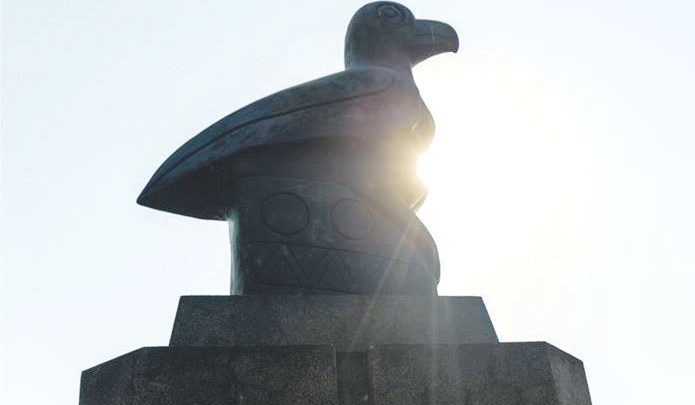They figure on Zimbabwe’s national flag, banknotes and official documents: stone statues representing birds taken away by the European colonialists more than a century ago.
The eight original sculptures hold great spiritual value for people of the southern African nation, and have been made into national emblems.
Six of the large carvings were stolen from the ruins of Great Zimbabwe, an imposing stone complex built between the 11th and 13th centuries and attributed to pre-colonial King Munhumutapa.
The palatial enclosures are now a United Nations Educational, Scientific and Cultural Organisation (Unesco) World Heritage Site situated in the southeast of Zimbabwe, 25 kilometres from the present-day city of Masvingo.
Almost all of the prized green-grey soapstone birds that were looted have now been returned to the country.
Only one remains in South Africa, where it is kept in the house of 19th-century British mining magnate and imperialist, Cecil Rhodes.
In a rare move last month, four of the statues were temporarily set on the original plinths from where they were stolen at the Great Zimbabwe monument.
The heavy figurines, some standing at about 1.5 metres, were moved from an on-site museum and placed outdoors on pedestals for a photoshoot.
Their pictures were taken for a book on ancient African art– -Zimbabwe: Art, Symbols and Meaning—to be published in September. The country marks the 40th anniversary of independence from Britain next month.
The book will be co-authored by a Zimbabwe-born duo and mother and son—Gillian Atherstone and Duncan Wylie—who now respectively live in Britain and France.
“The birds are among the most symbolic cultural objects of our time,” the head of Zimbabwe’s national museums, Godfrey Mahachi, told AFP news agency.—Al Jazeera




